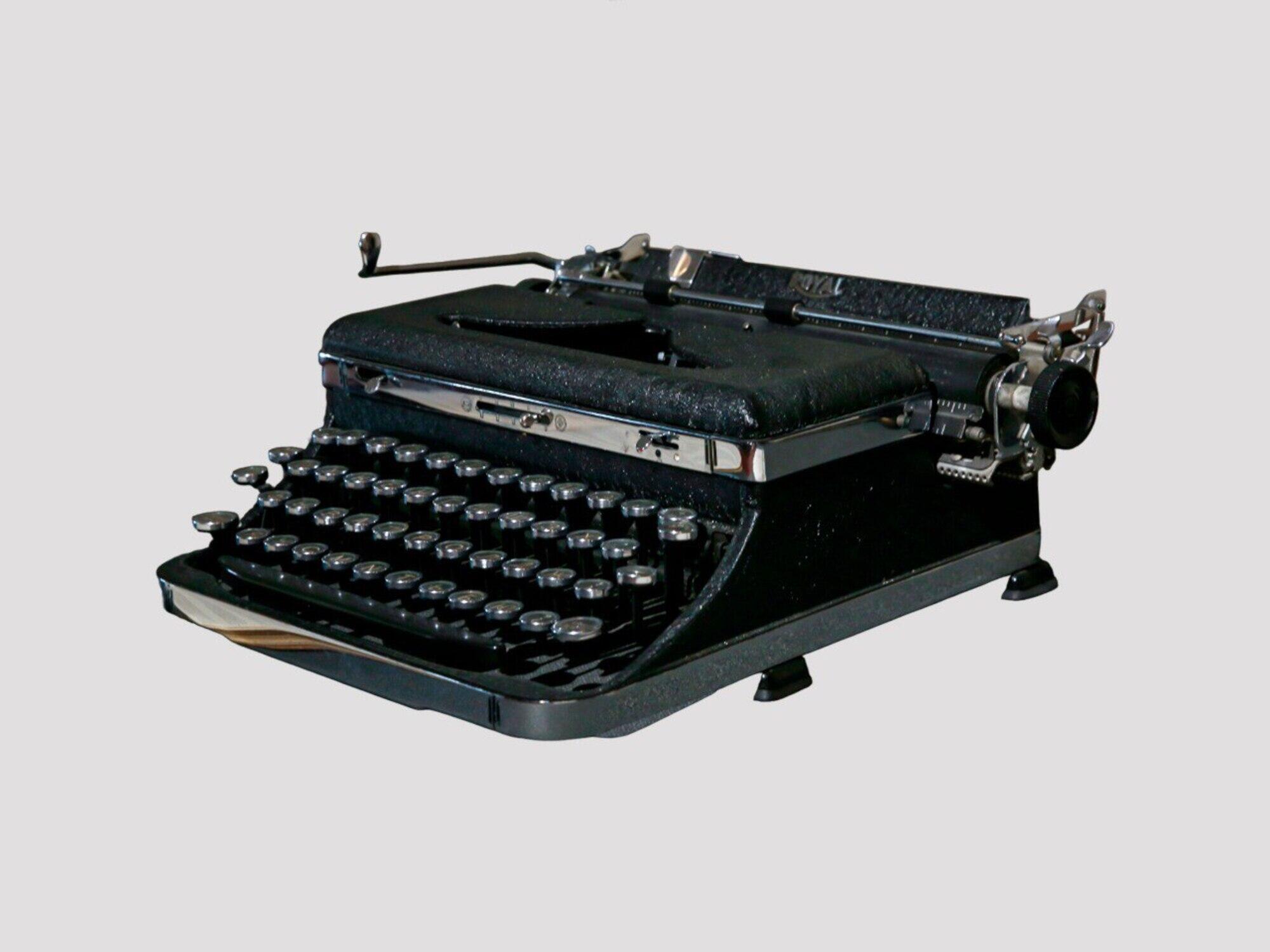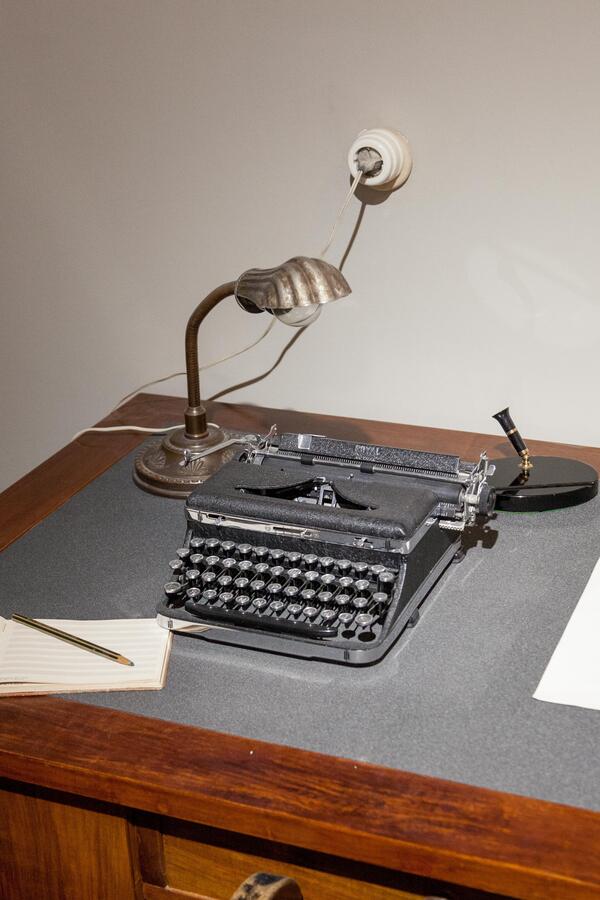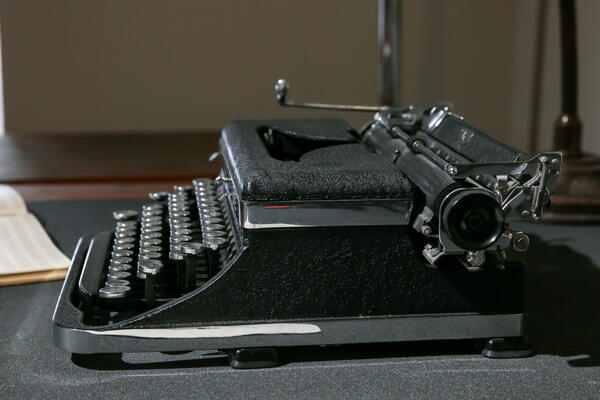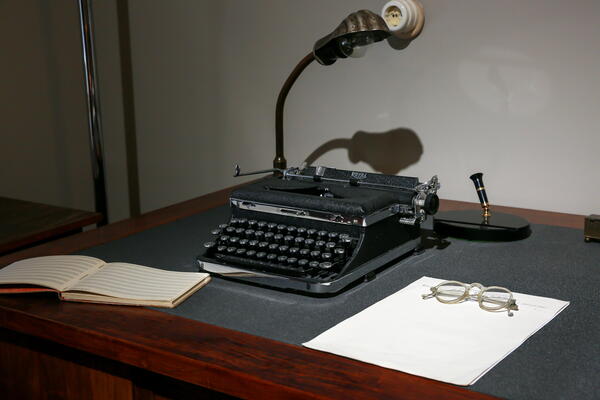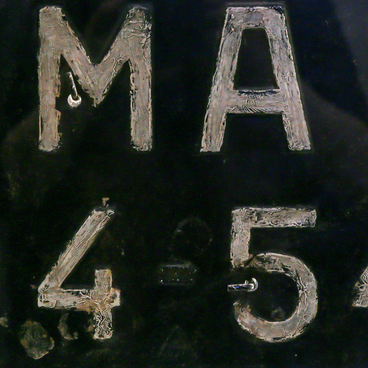“If I wasn’t a composer, I would probably be a writer or a poet, ” wrote Sergei Prokofiev in his diaries.
From childhood, Prokofiev was equally fascinated with music and literature. The young composer began reading at a rather early age and dedicated a lot of his time to this pastime. He also started writing.
In 1917, the composer found the drafts of his childhood writings and concluded that he could actually “write rather good short stories, provided I could find ideas.”
Between 1917 and 1919, Prokofiev wrote about ten short stories, including “The Wandering Tower”, “A Bad Dog”, “Ultraviolet Liberty”, and others. These were written during Prokofiev’s long trips: at first, to the Caucasus, then from Moscow to Vladivostok on the Trans-Siberian Express, and then on a steamer to the United States. Some of the stories were created in Japan, others — in the United States.
Prokofiev not only enjoyed writing but had a talent for it, which is proved by the fact that he wrote the libretto for most of his operas, from his first childhood composition “The Giant” to his last works “War and Peace” and “Story of a Real Man”. He also created the fairy tale “Peter and the Wolf” including the amazing music for a symphonic orchestra and the famous text for a narrator (“Early in the morning, the pioneer Peter opened the garden door and stepped out onto the large, green lawn…”).
Although Prokofiev’s literary talent was reflected in his compositions of all genres it can be best observed in his operas. Prokofiev wrote or co-wrote all of the librettos for his operas, which is why for his creative work he needed not only music paper but also a high-quality small typewriter that he could bring along on a journey.
Prokofiev’s typewriter was produced by the Royal Typewriter Company in the United States. The company was founded by the inventor Edward Hess and his assistant Lewis Myers in Brooklyn in 1904.
From childhood, Prokofiev was equally fascinated with music and literature. The young composer began reading at a rather early age and dedicated a lot of his time to this pastime. He also started writing.
In 1917, the composer found the drafts of his childhood writings and concluded that he could actually “write rather good short stories, provided I could find ideas.”
Between 1917 and 1919, Prokofiev wrote about ten short stories, including “The Wandering Tower”, “A Bad Dog”, “Ultraviolet Liberty”, and others. These were written during Prokofiev’s long trips: at first, to the Caucasus, then from Moscow to Vladivostok on the Trans-Siberian Express, and then on a steamer to the United States. Some of the stories were created in Japan, others — in the United States.
Prokofiev not only enjoyed writing but had a talent for it, which is proved by the fact that he wrote the libretto for most of his operas, from his first childhood composition “The Giant” to his last works “War and Peace” and “Story of a Real Man”. He also created the fairy tale “Peter and the Wolf” including the amazing music for a symphonic orchestra and the famous text for a narrator (“Early in the morning, the pioneer Peter opened the garden door and stepped out onto the large, green lawn…”).
Although Prokofiev’s literary talent was reflected in his compositions of all genres it can be best observed in his operas. Prokofiev wrote or co-wrote all of the librettos for his operas, which is why for his creative work he needed not only music paper but also a high-quality small typewriter that he could bring along on a journey.
Prokofiev’s typewriter was produced by the Royal Typewriter Company in the United States. The company was founded by the inventor Edward Hess and his assistant Lewis Myers in Brooklyn in 1904.
